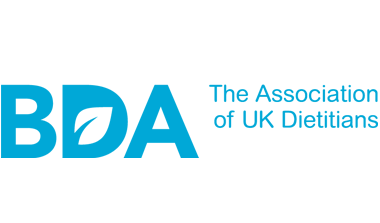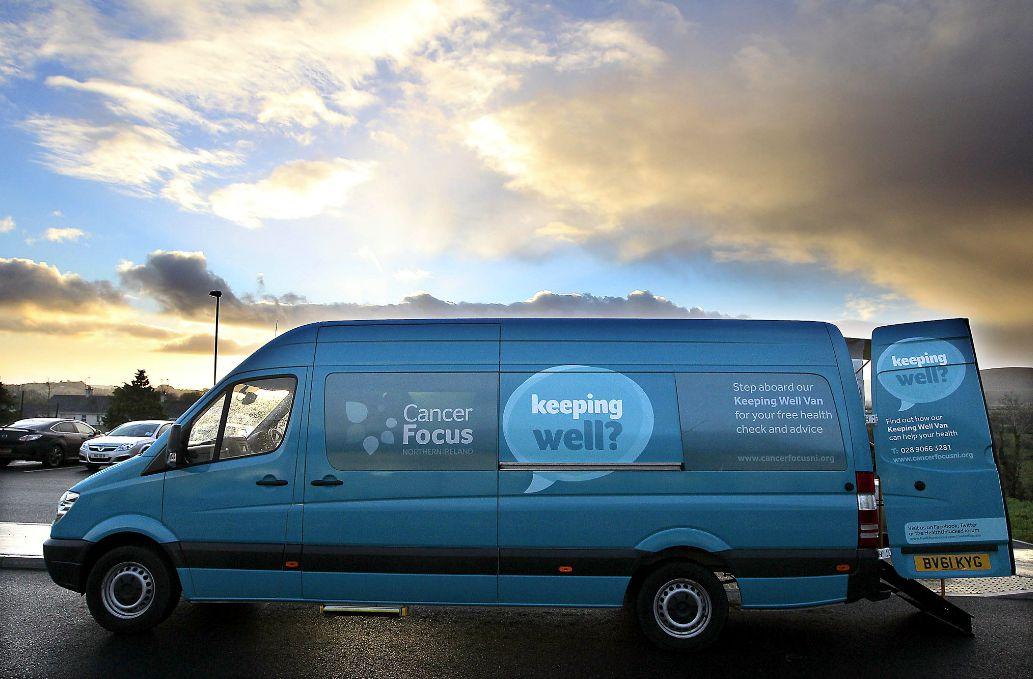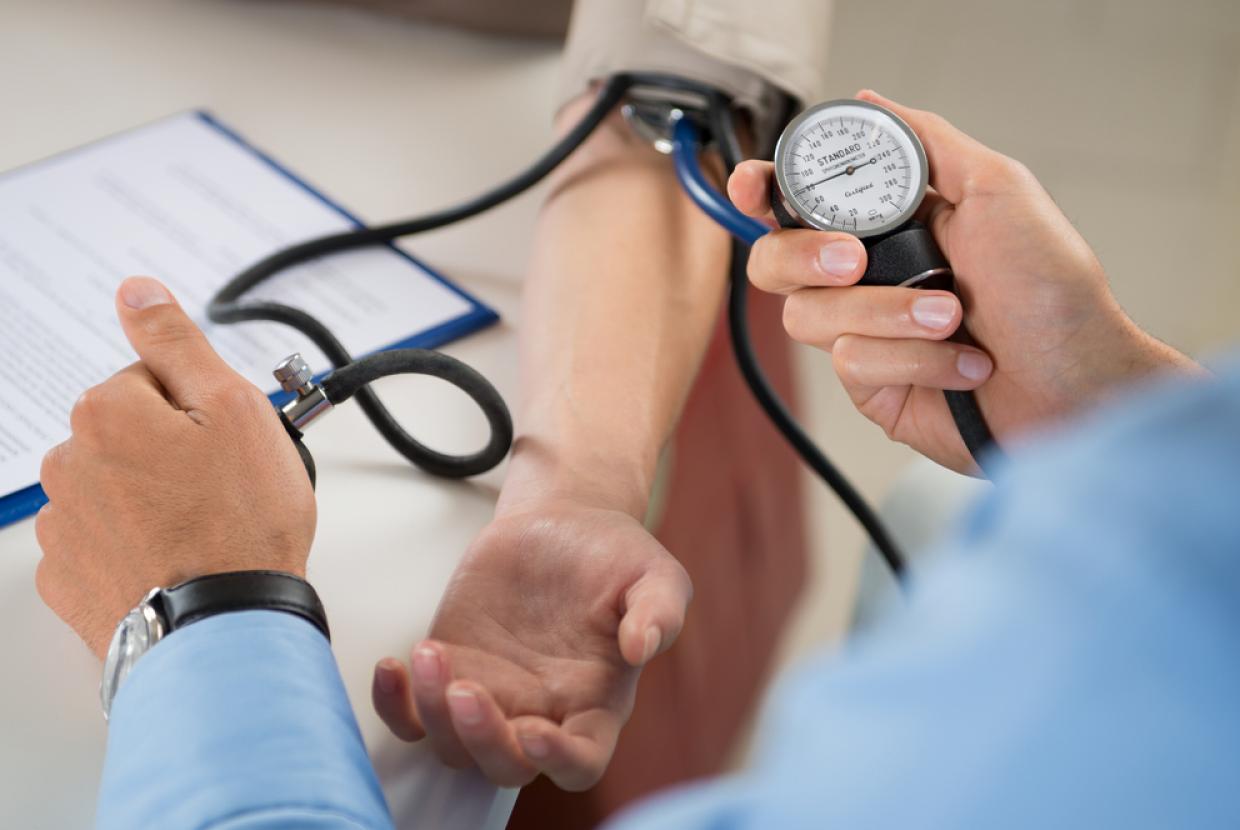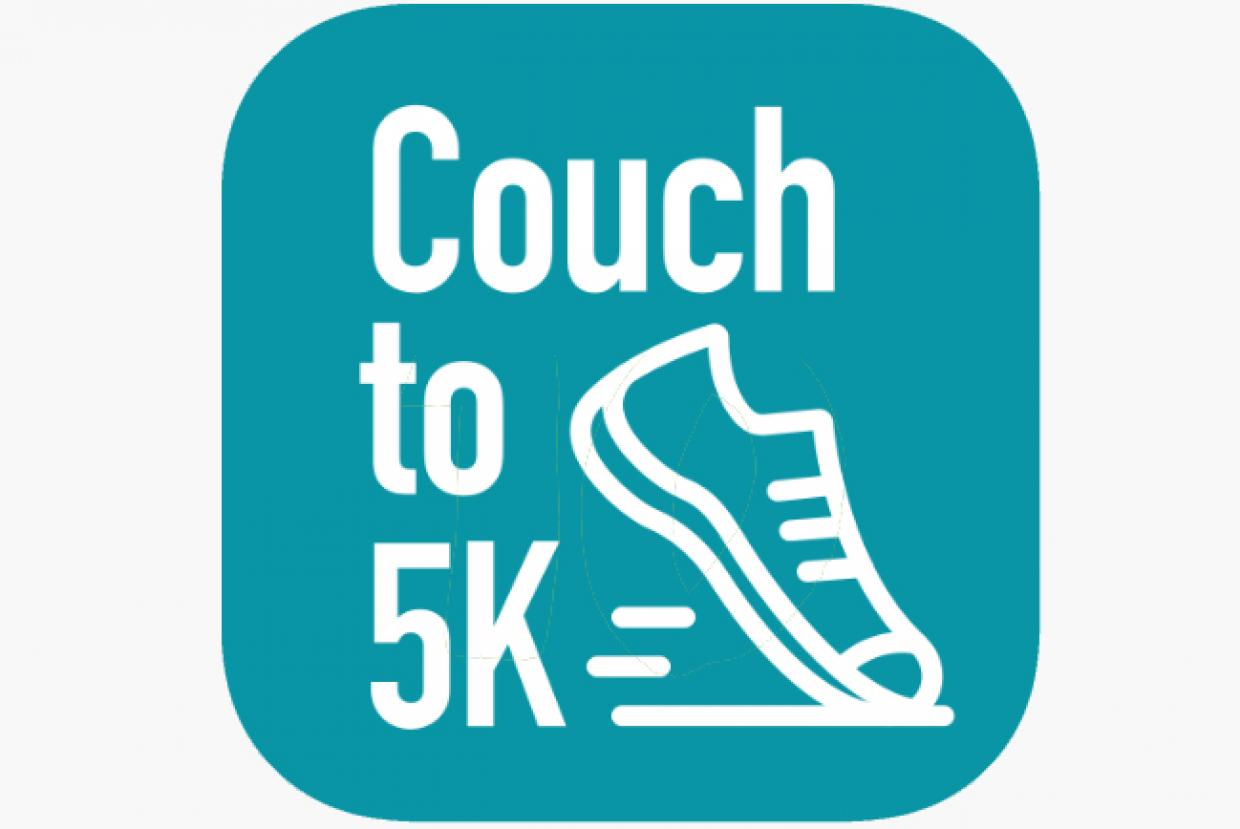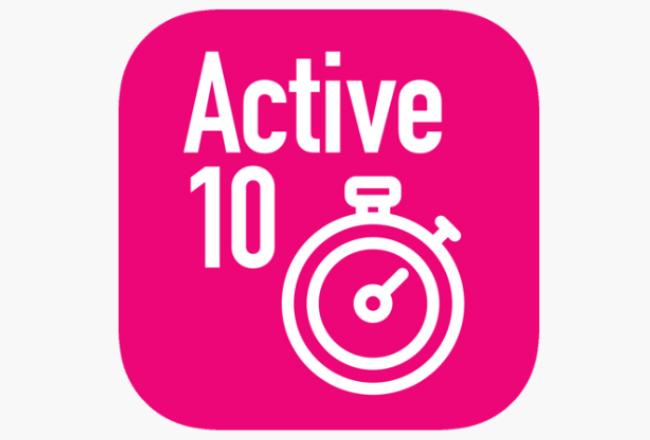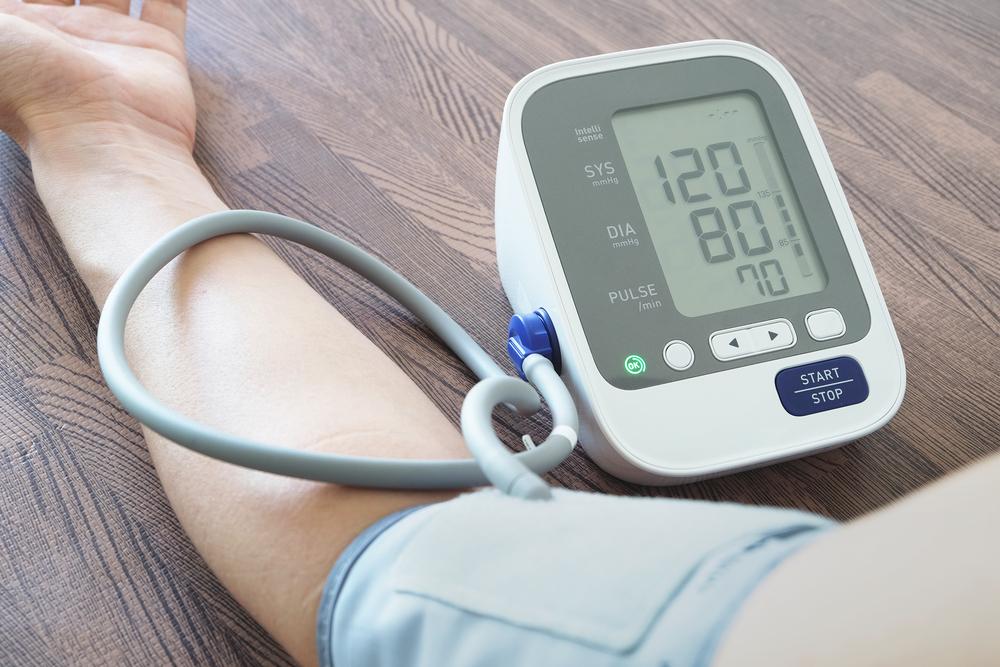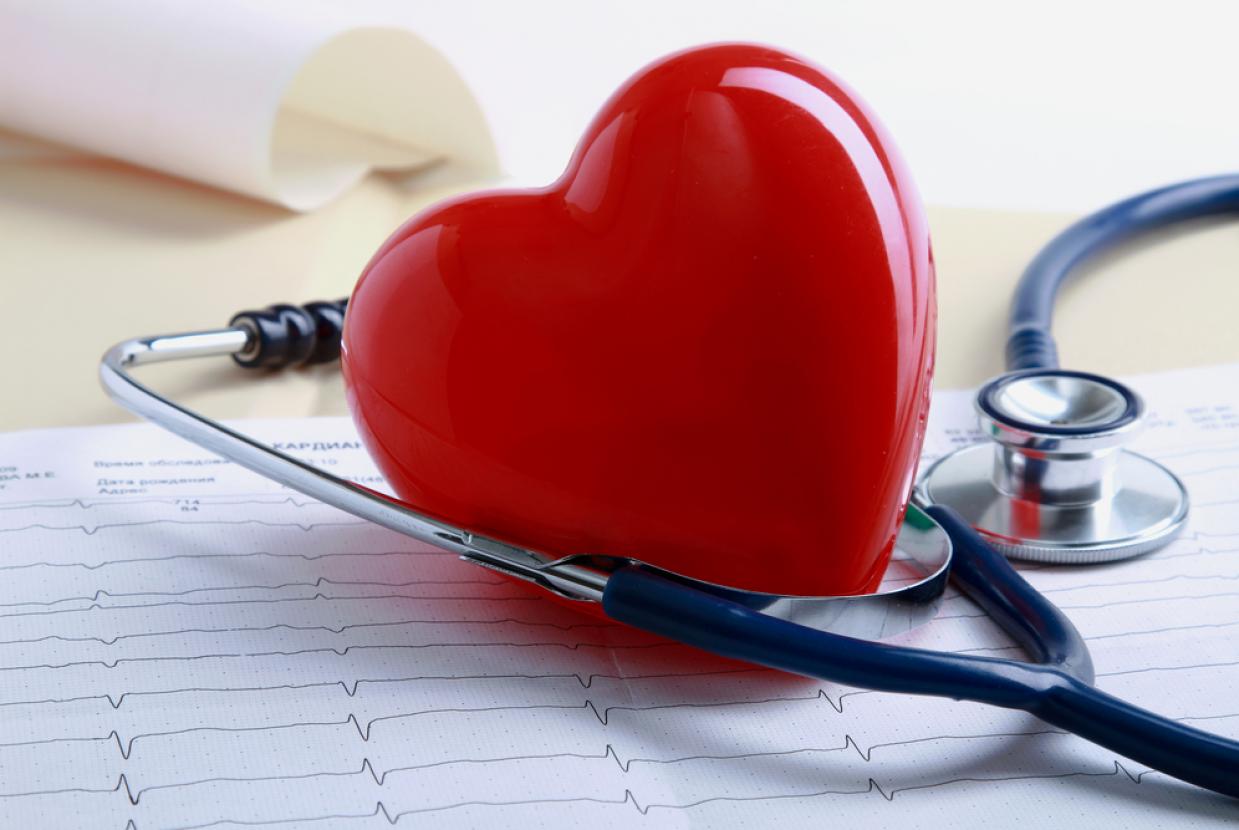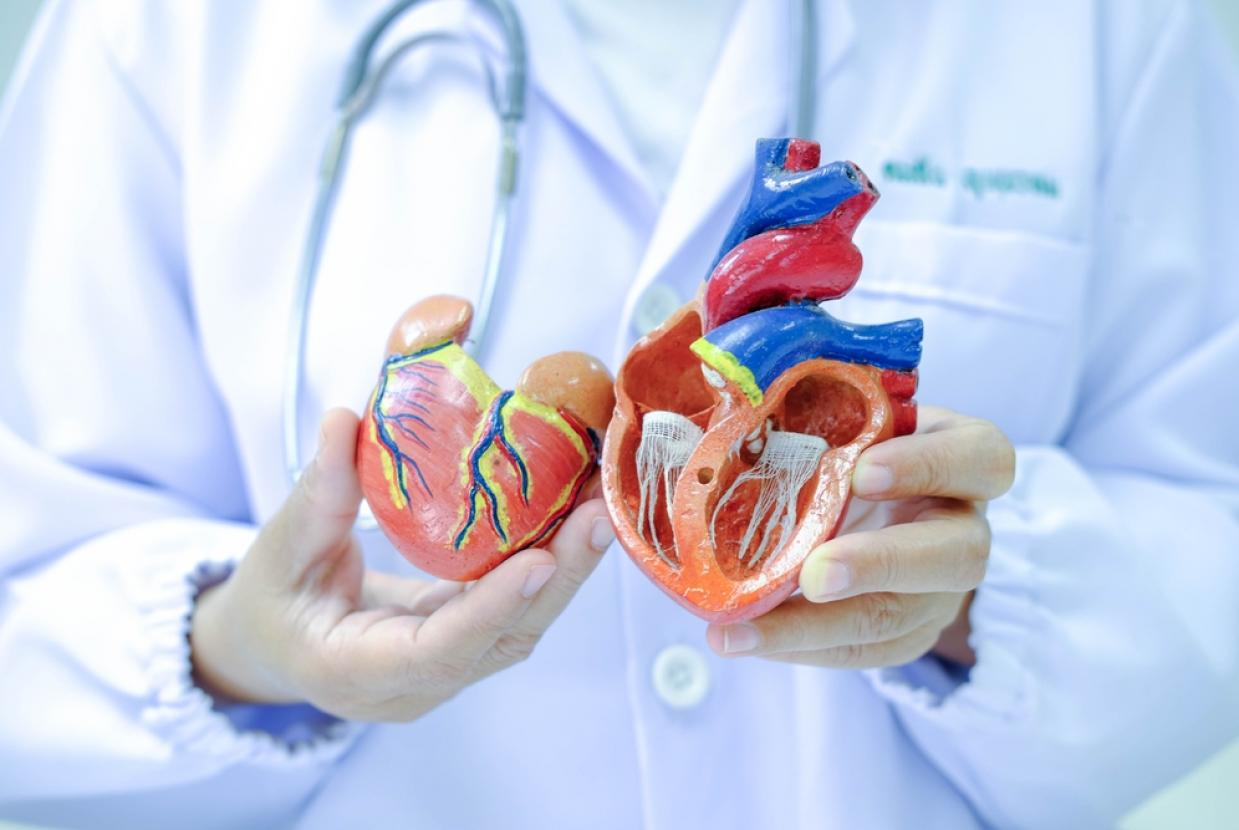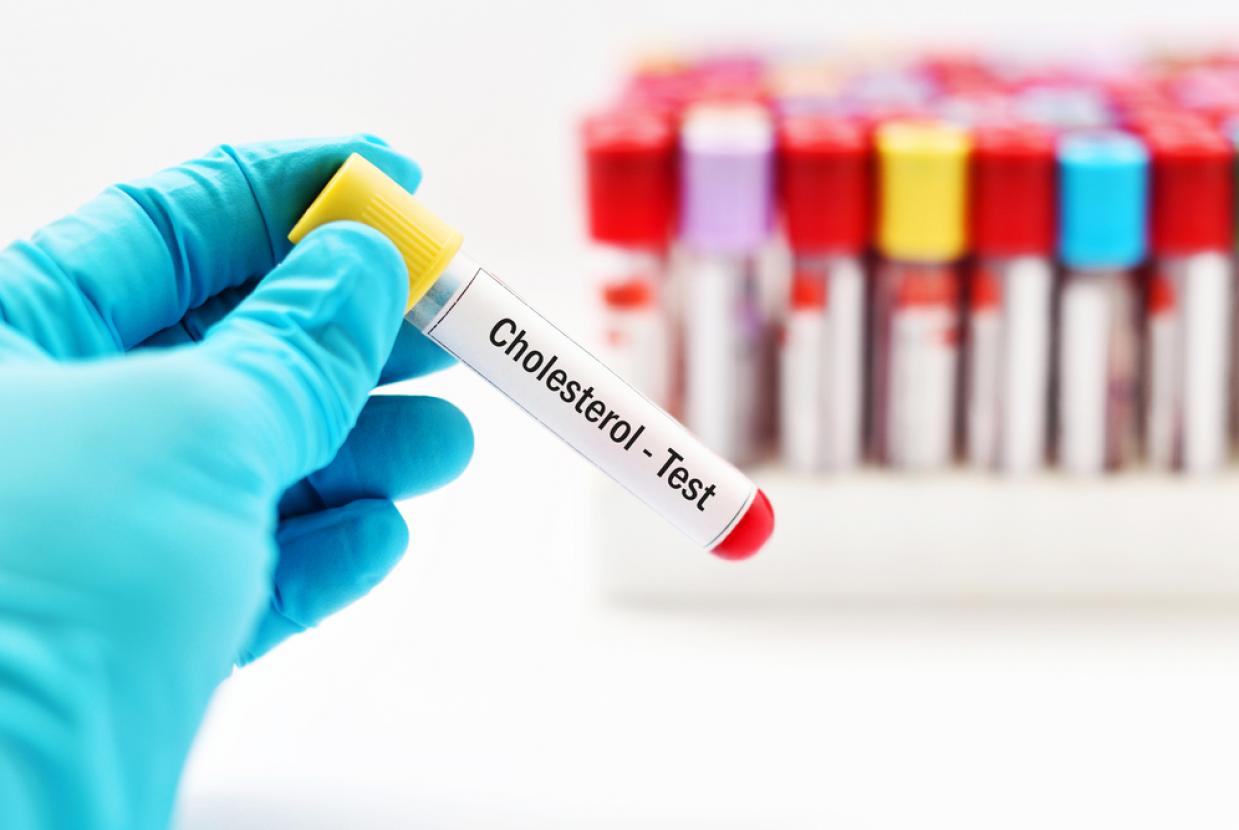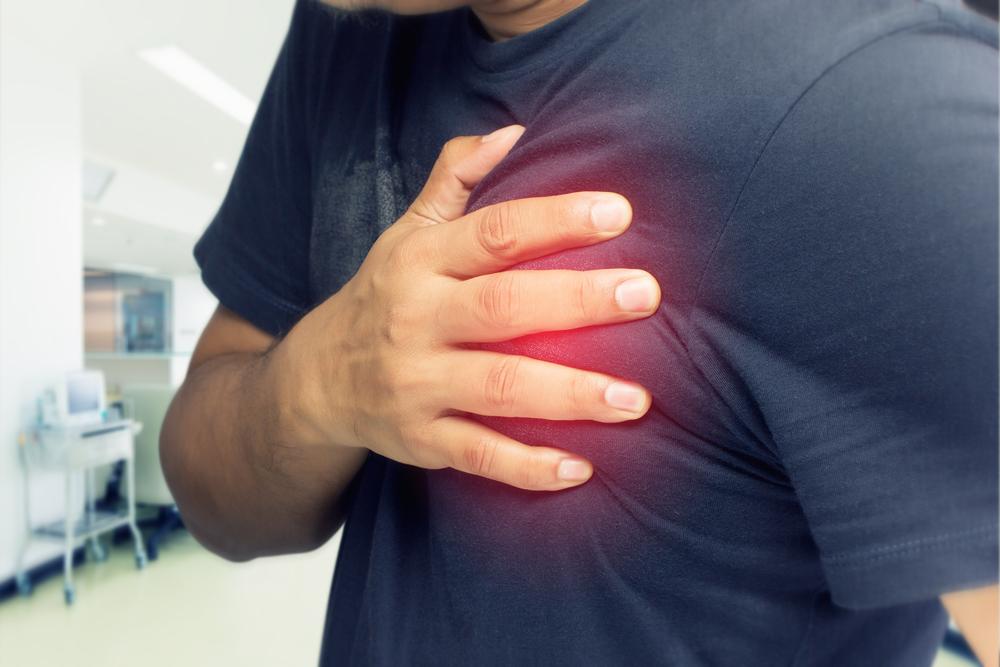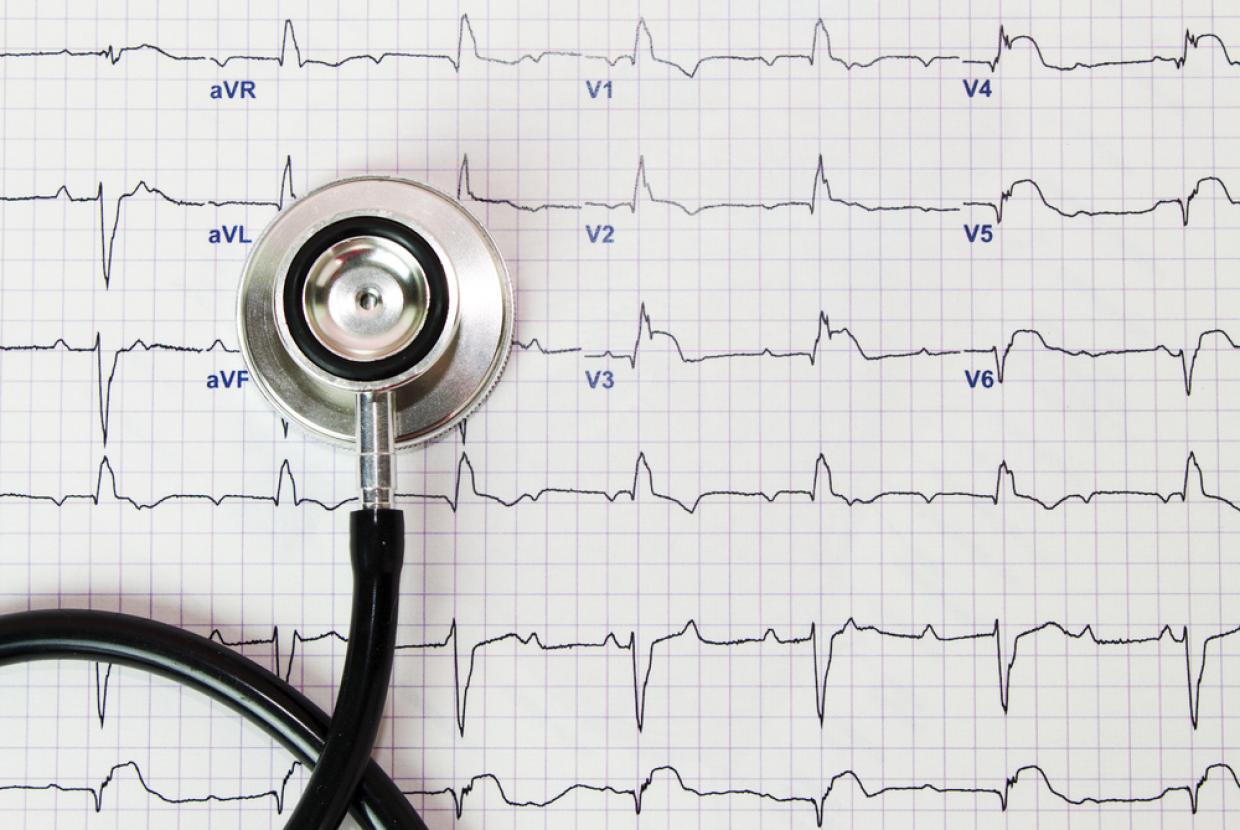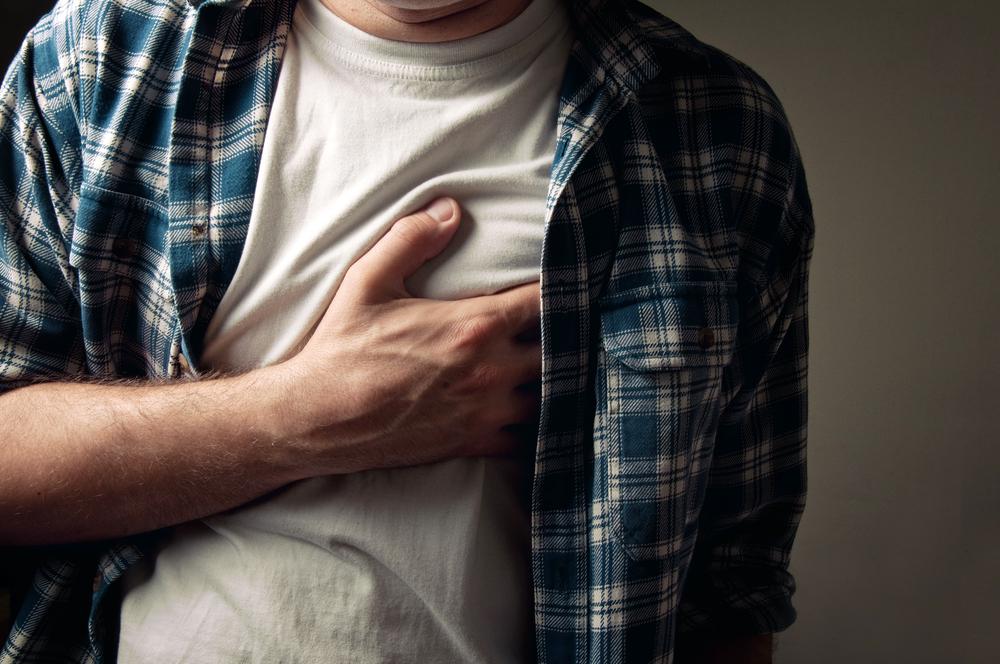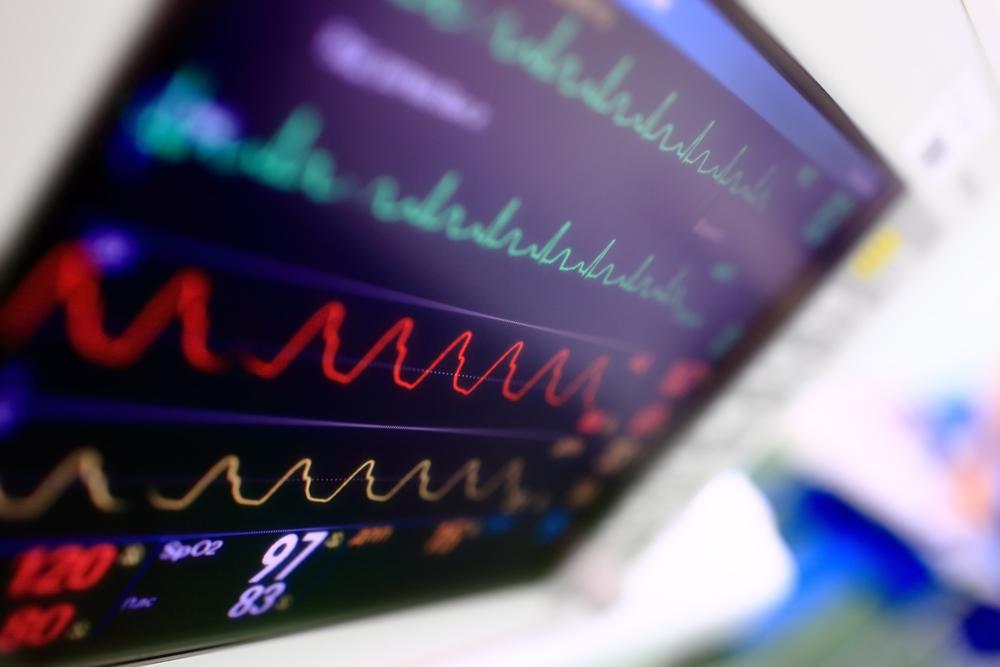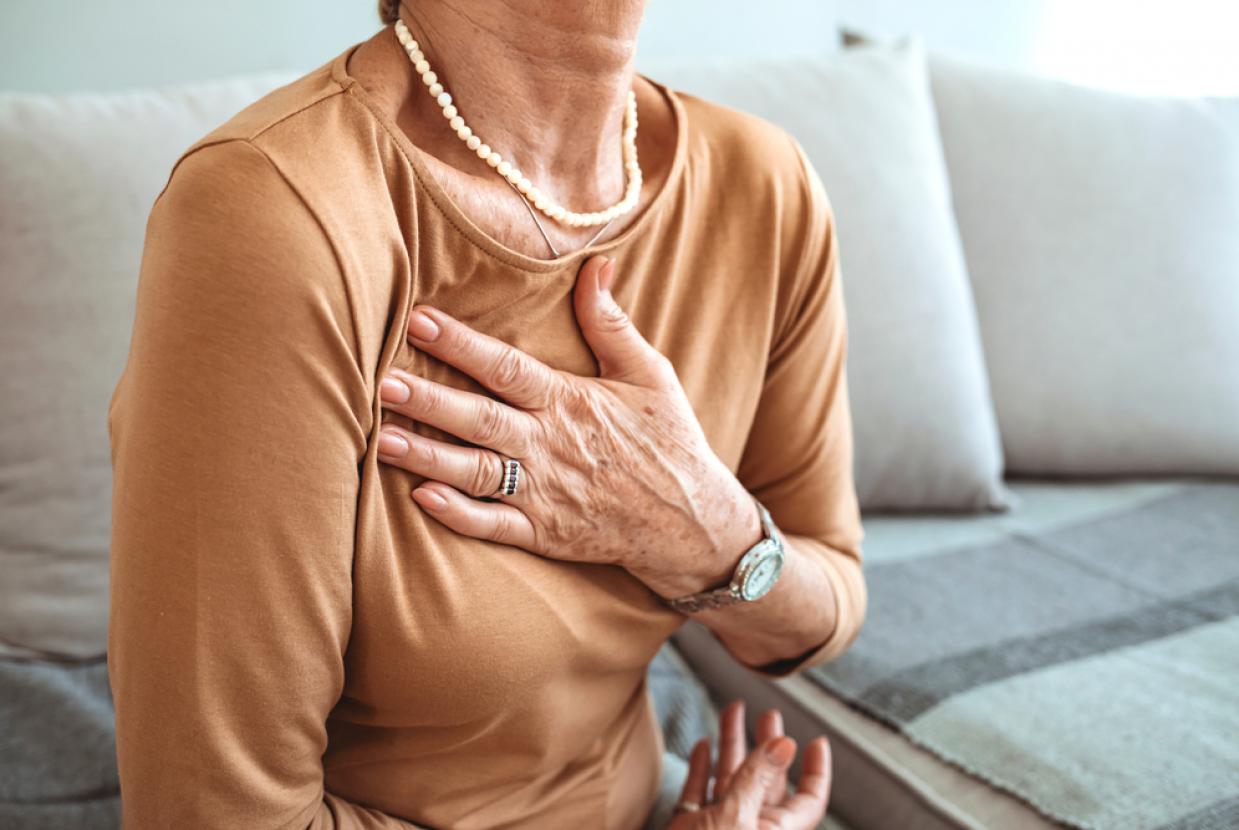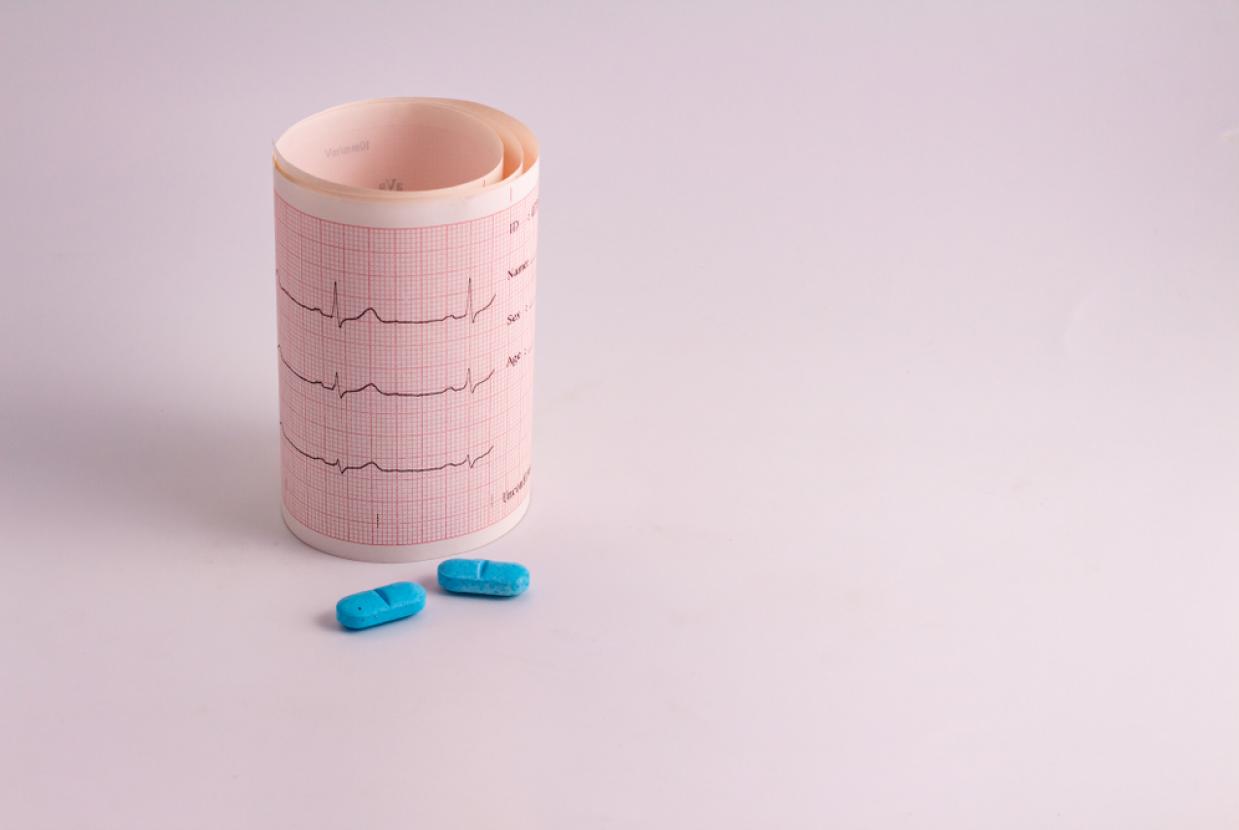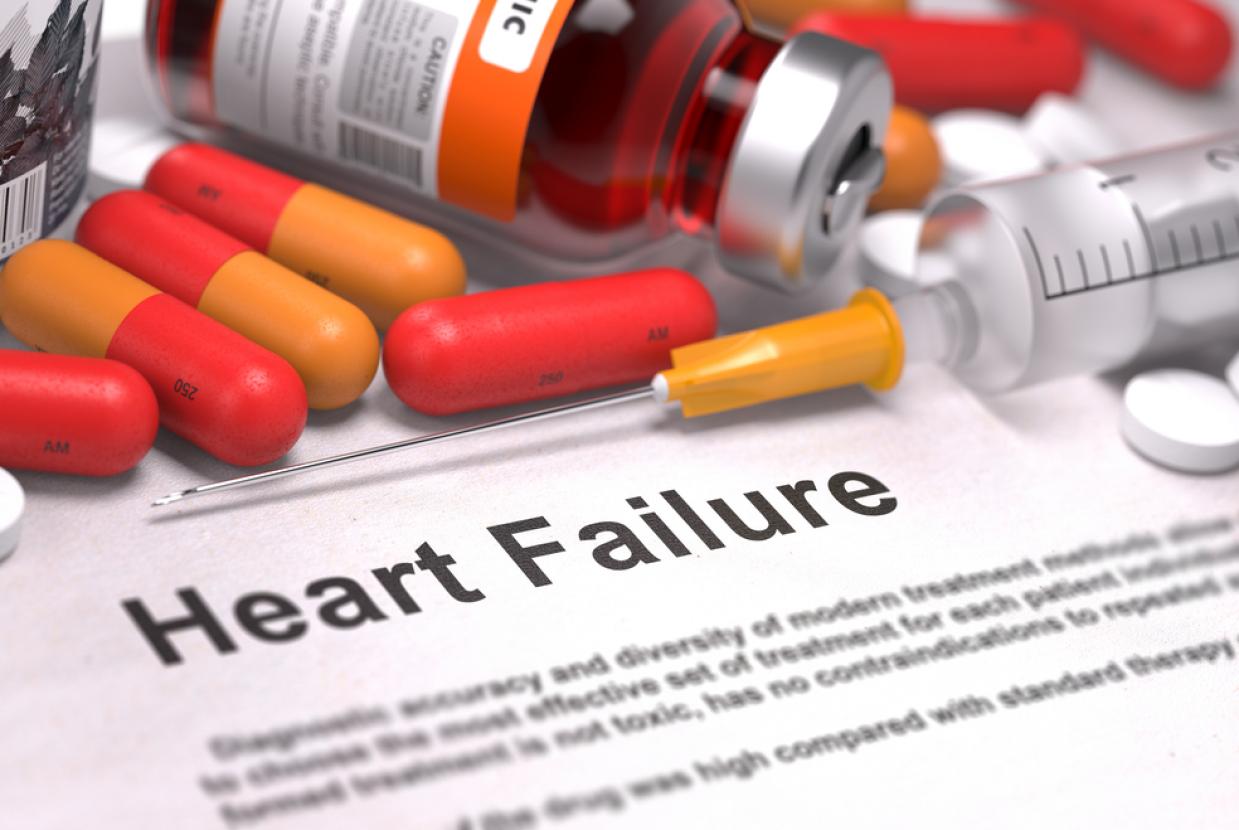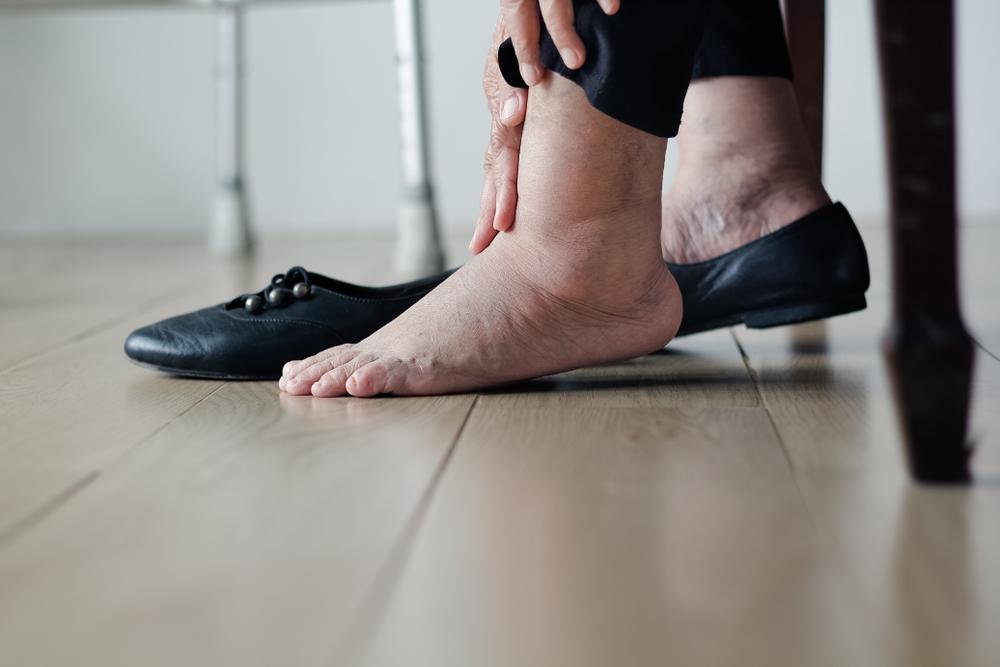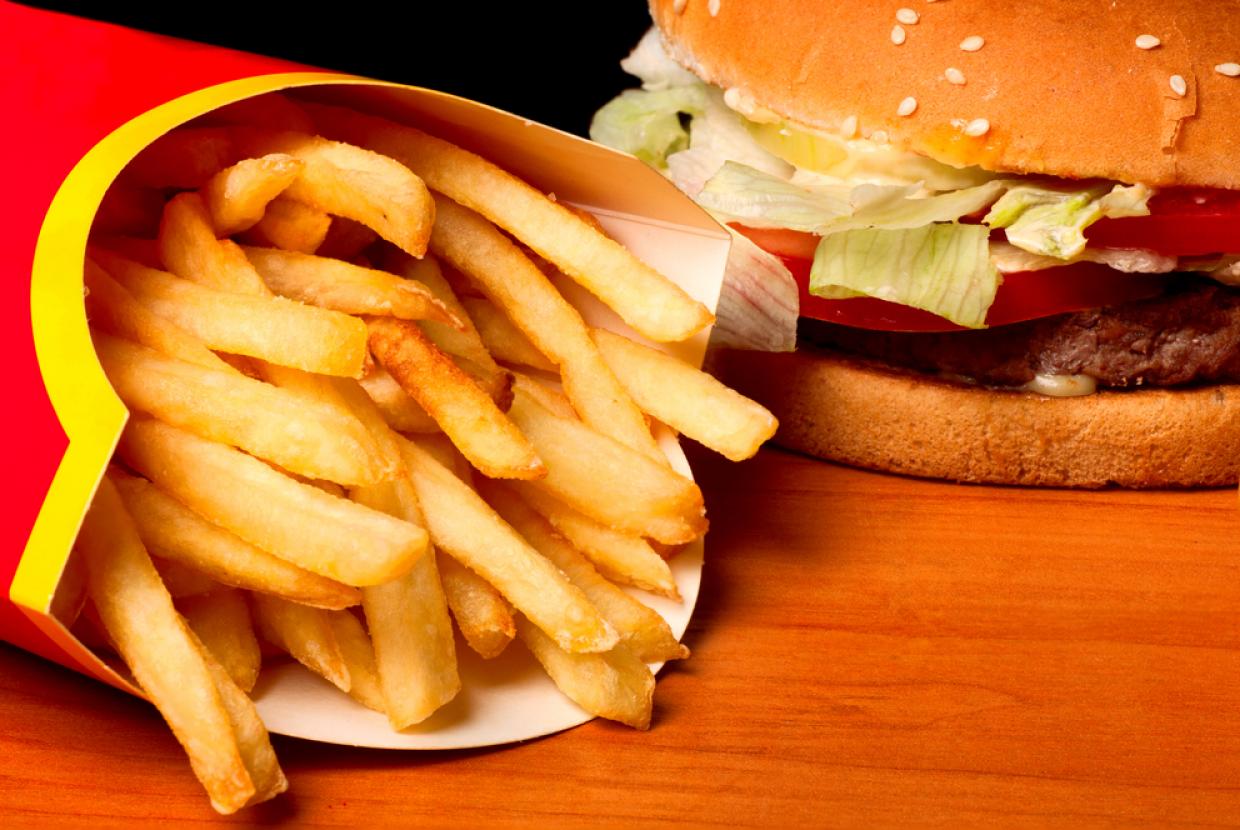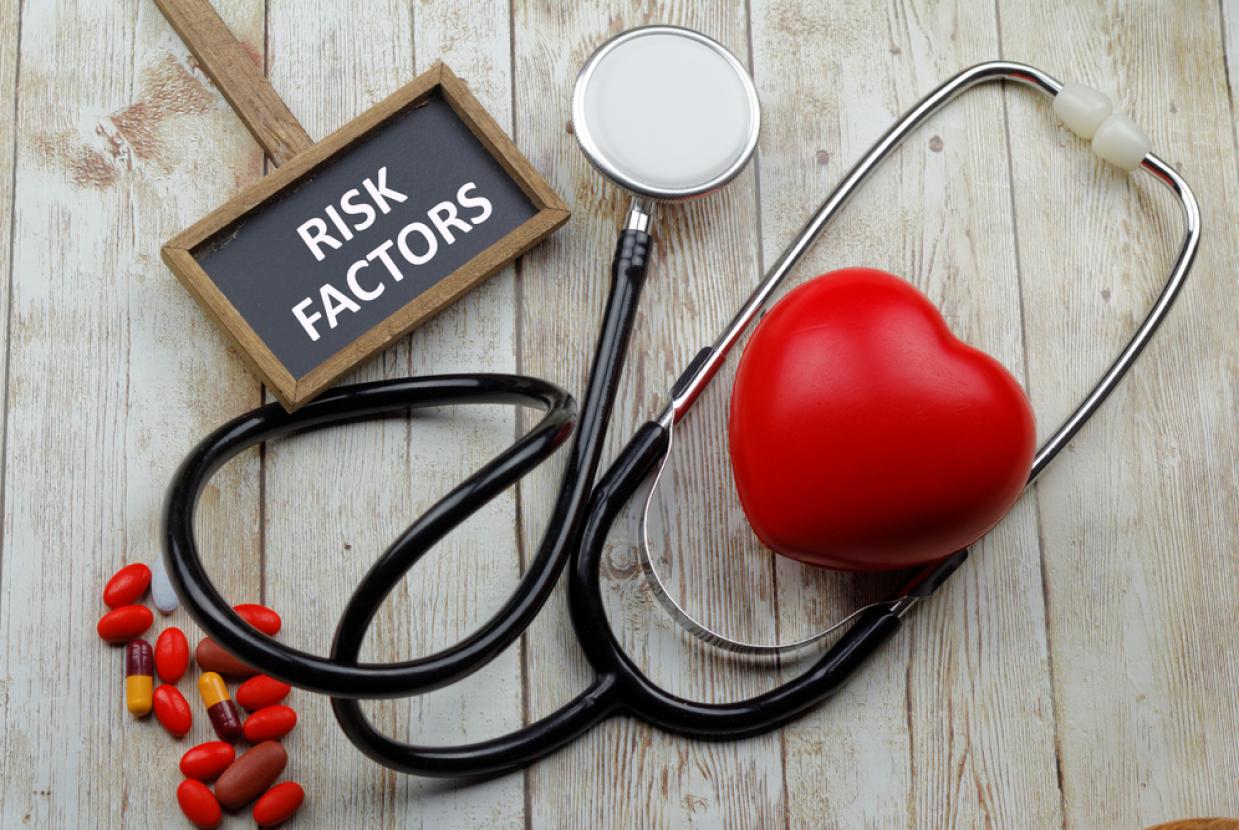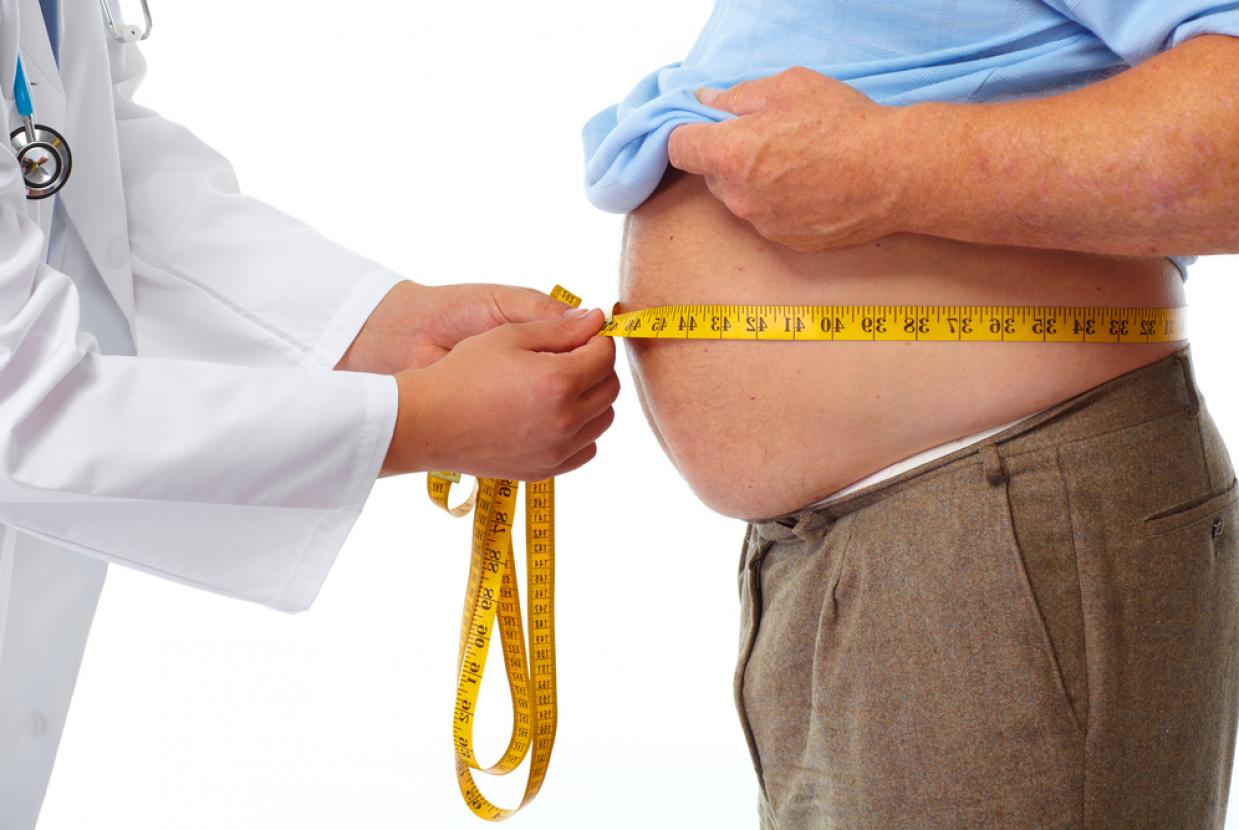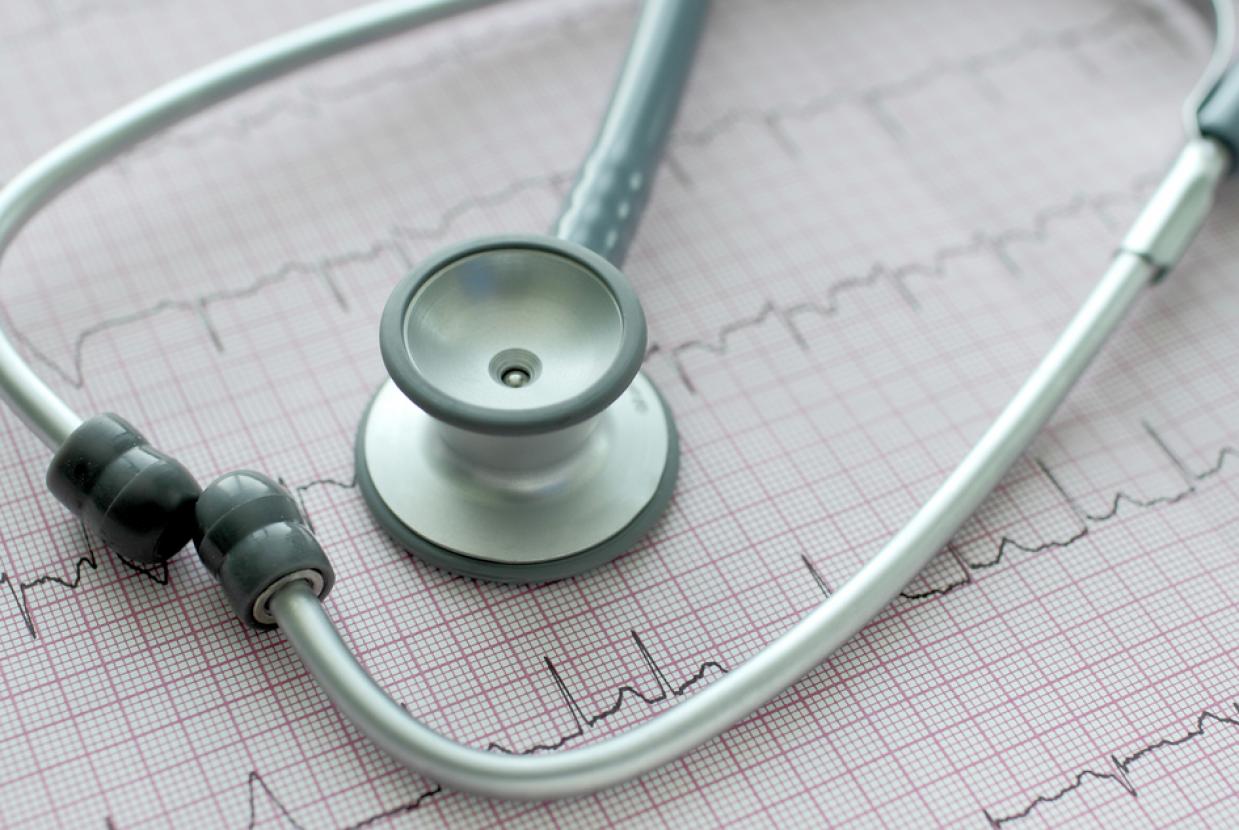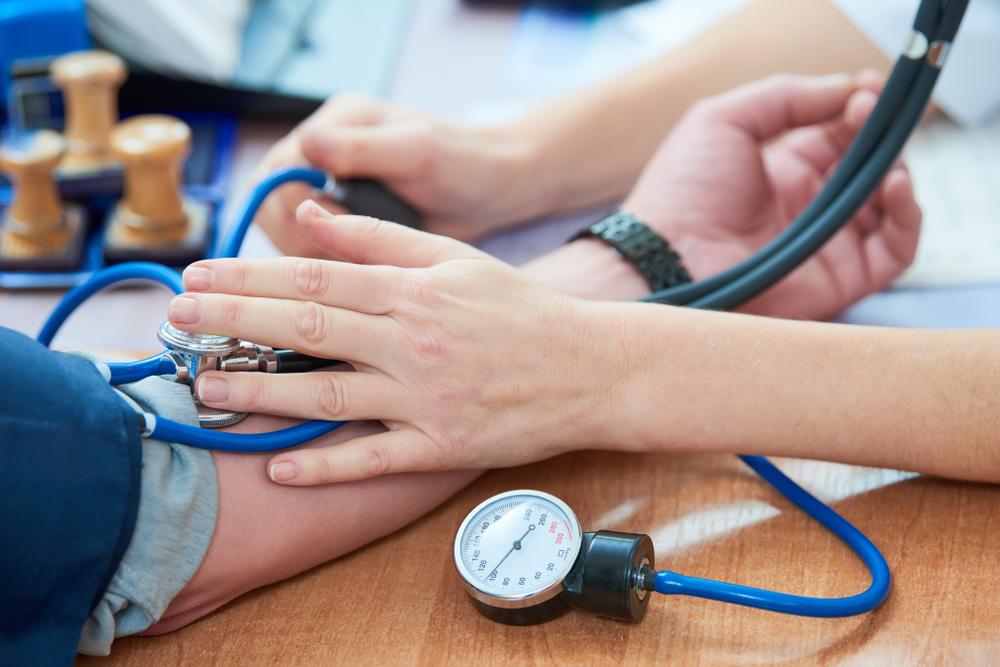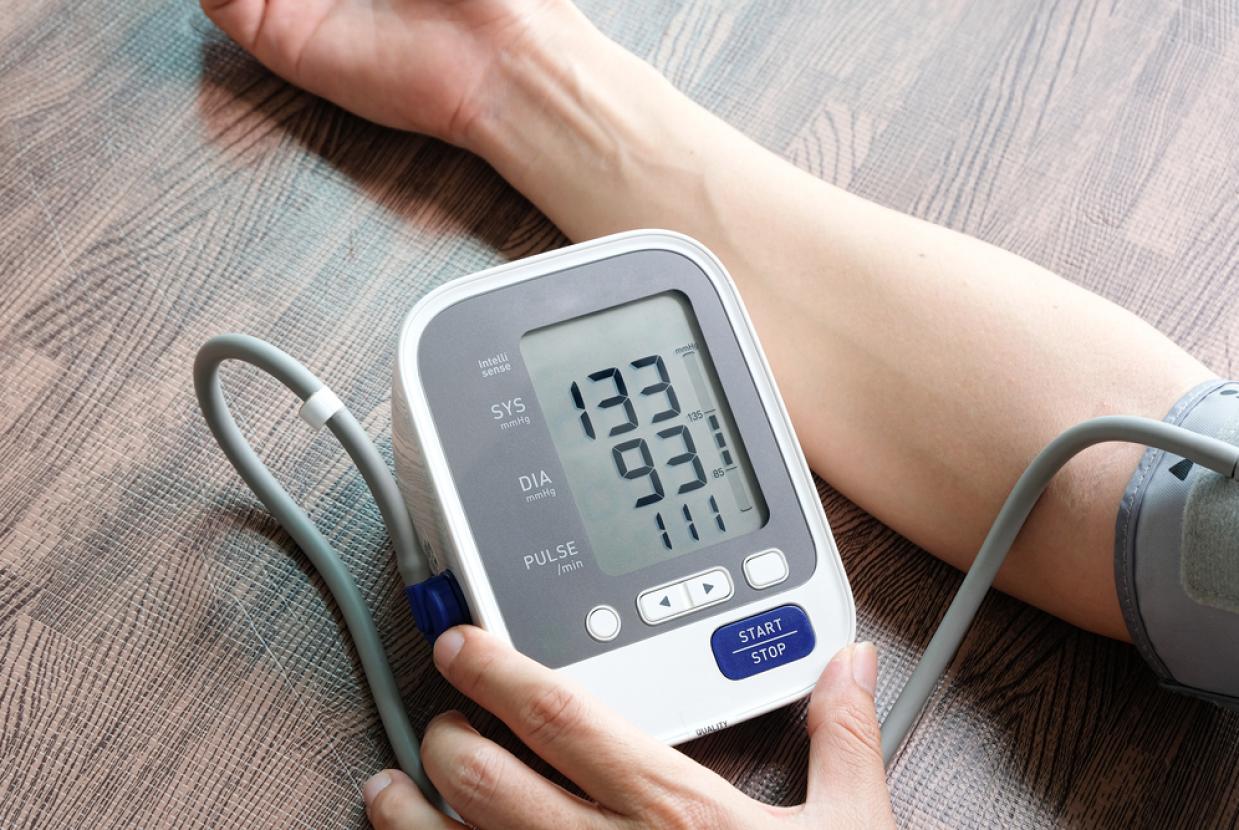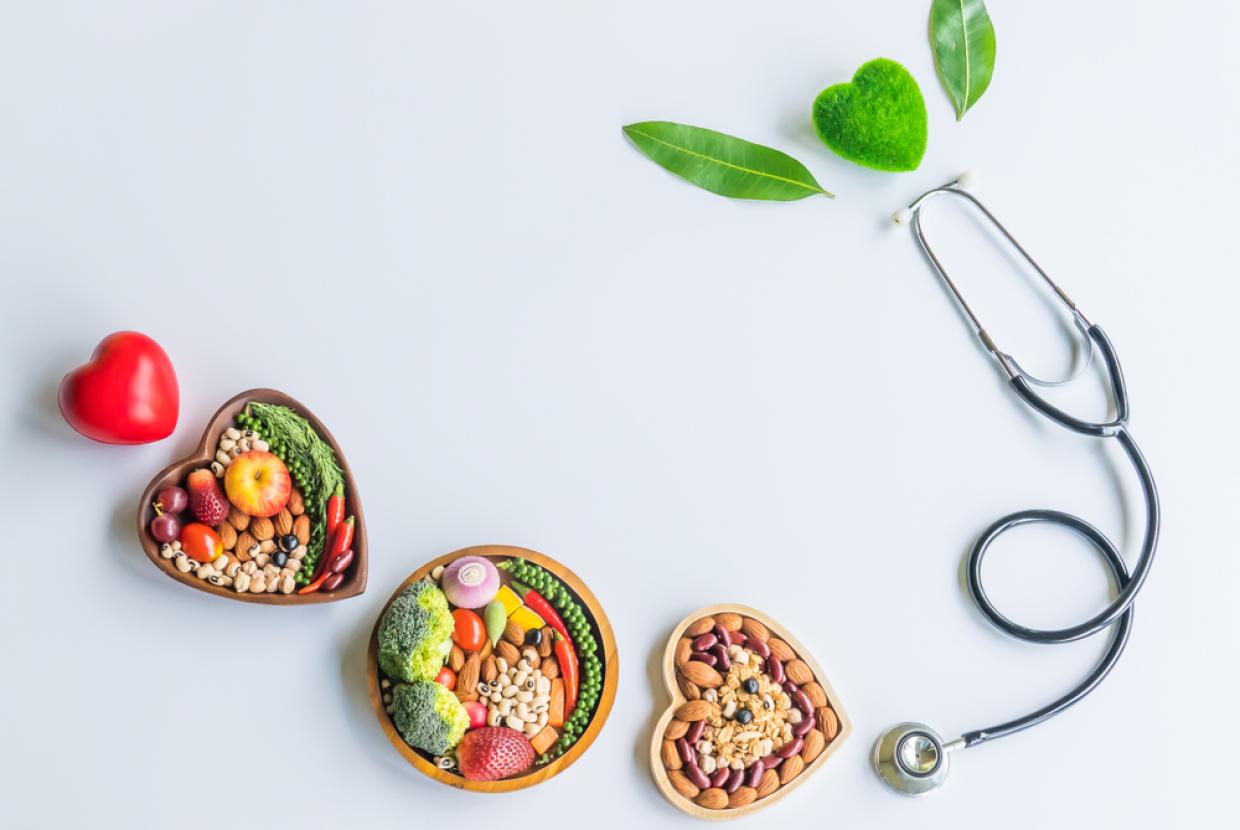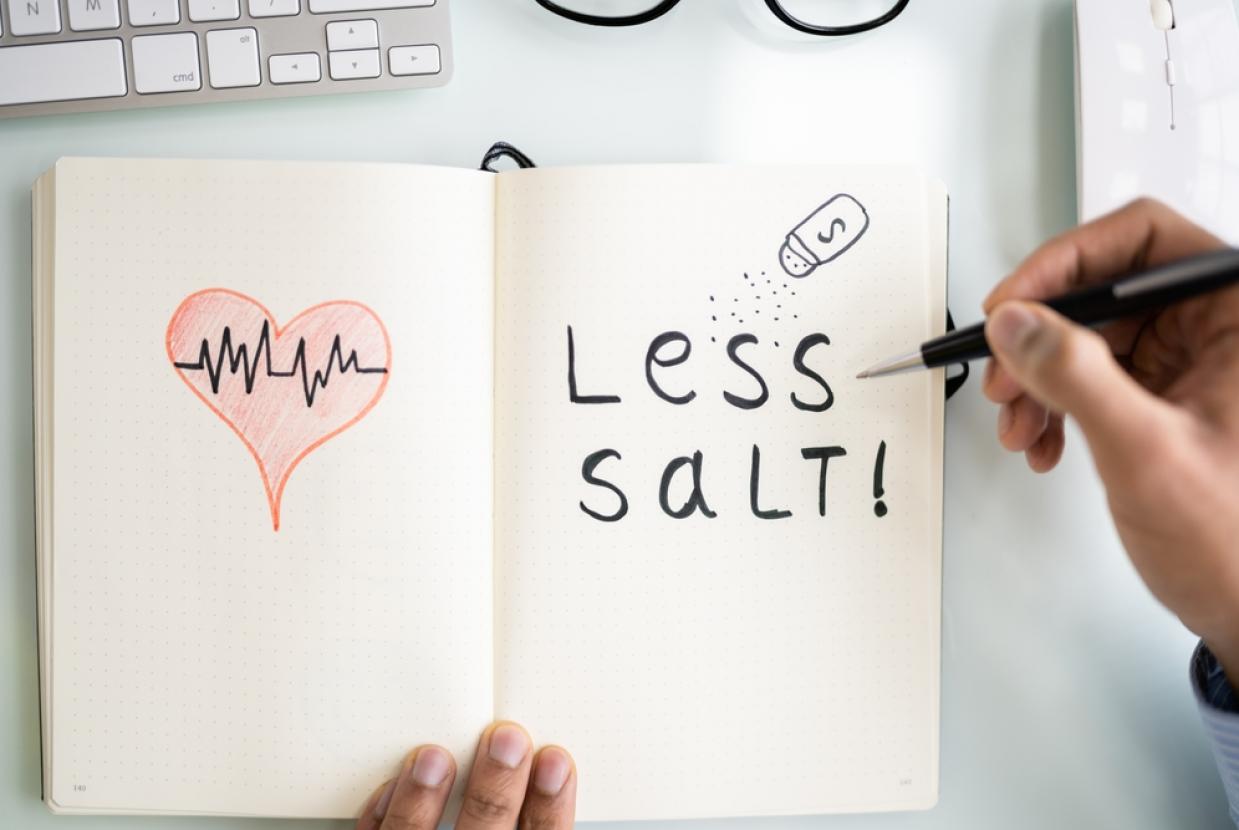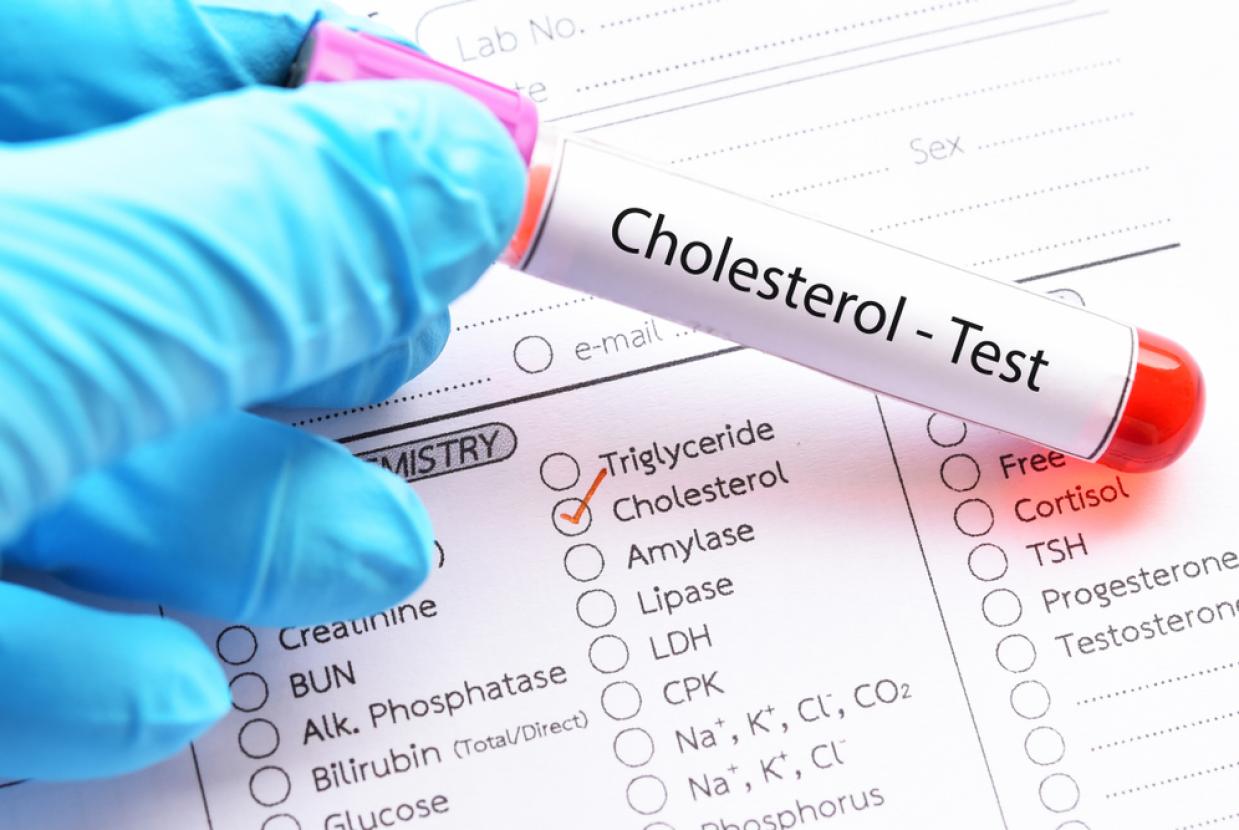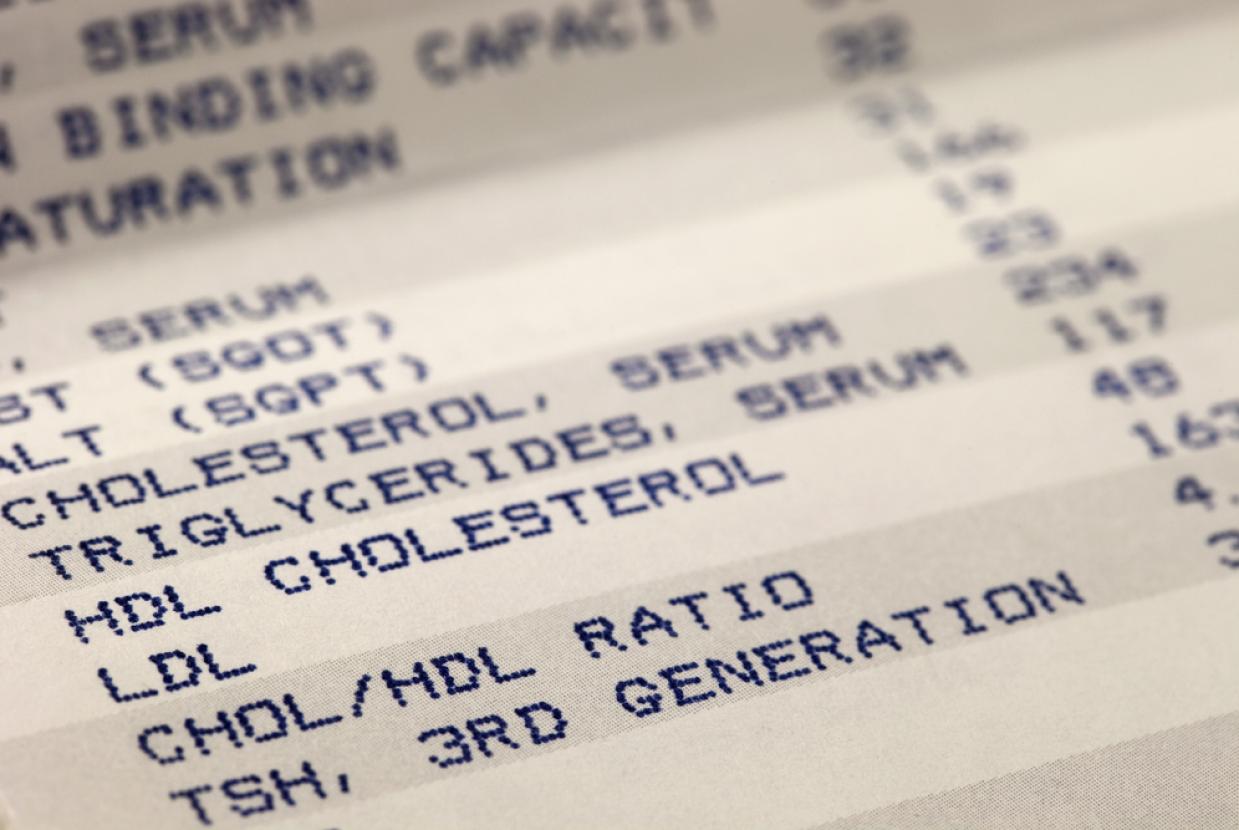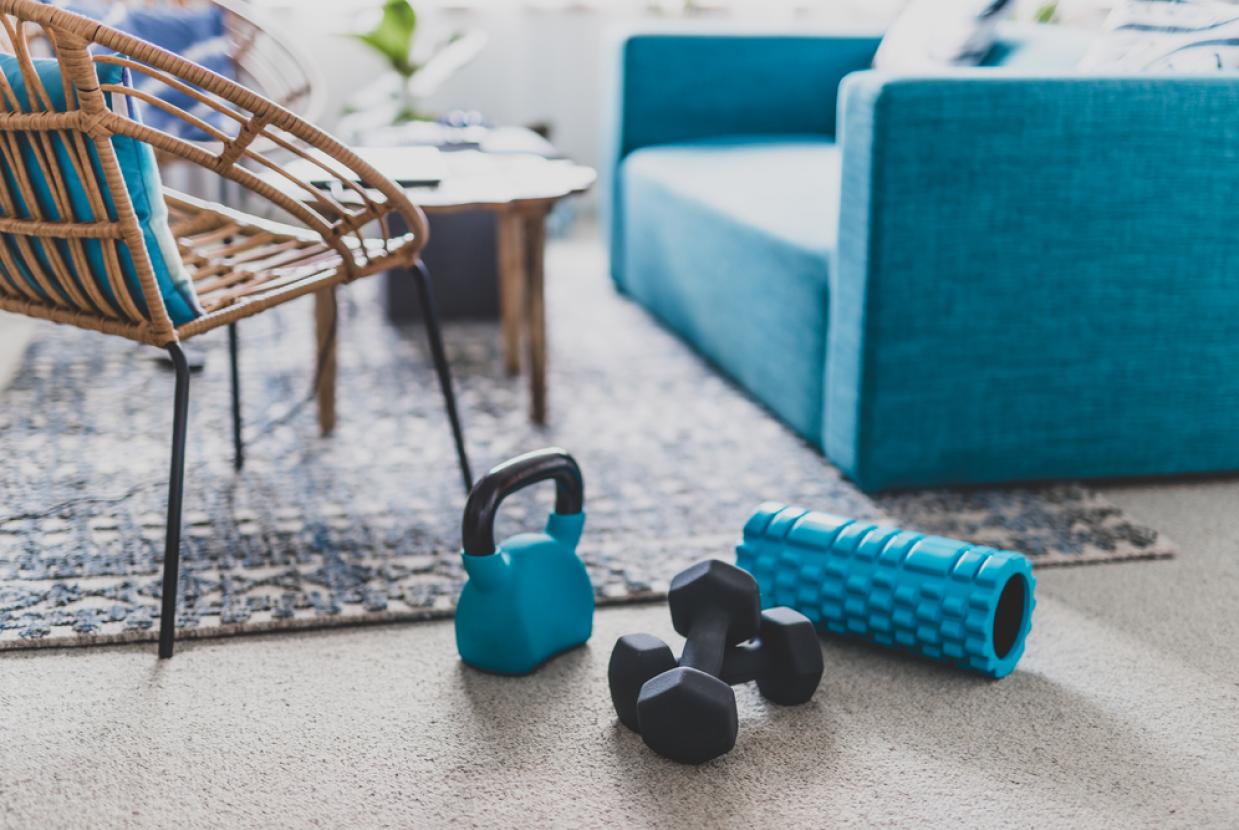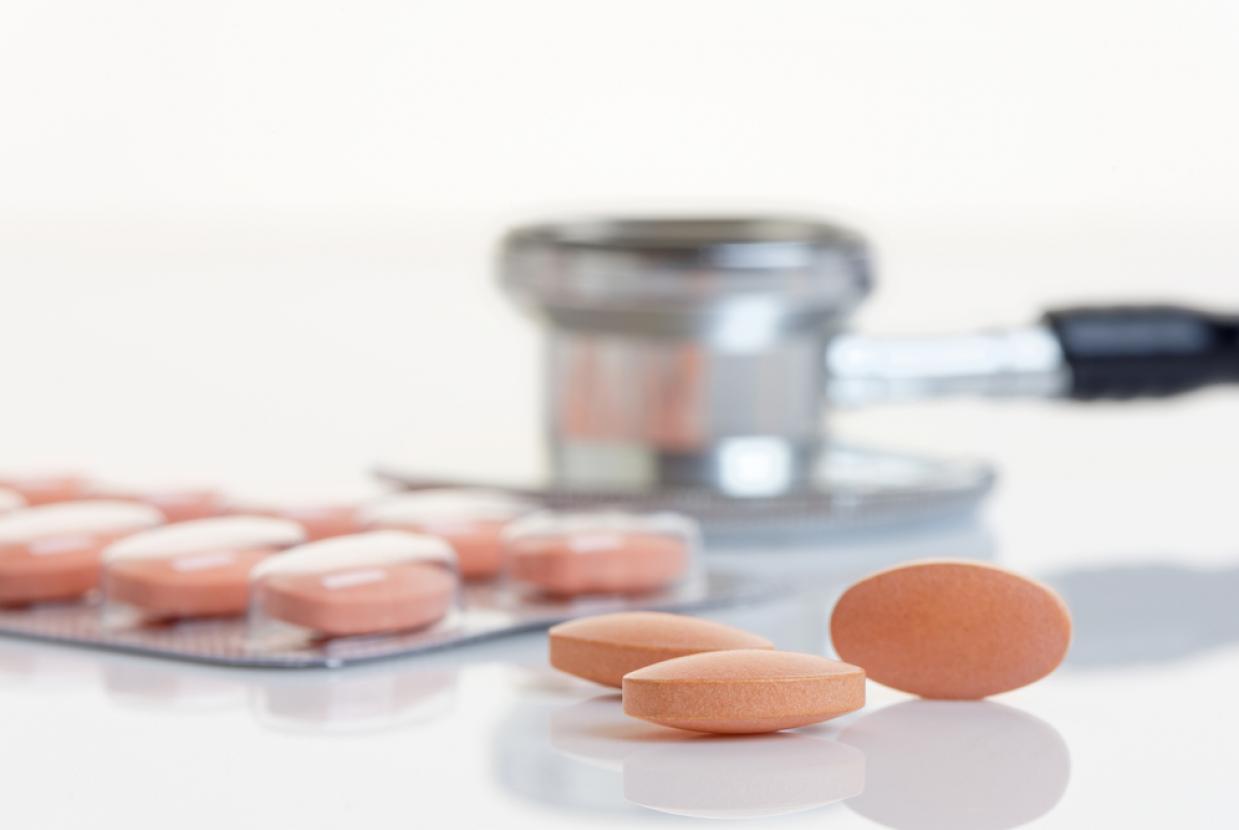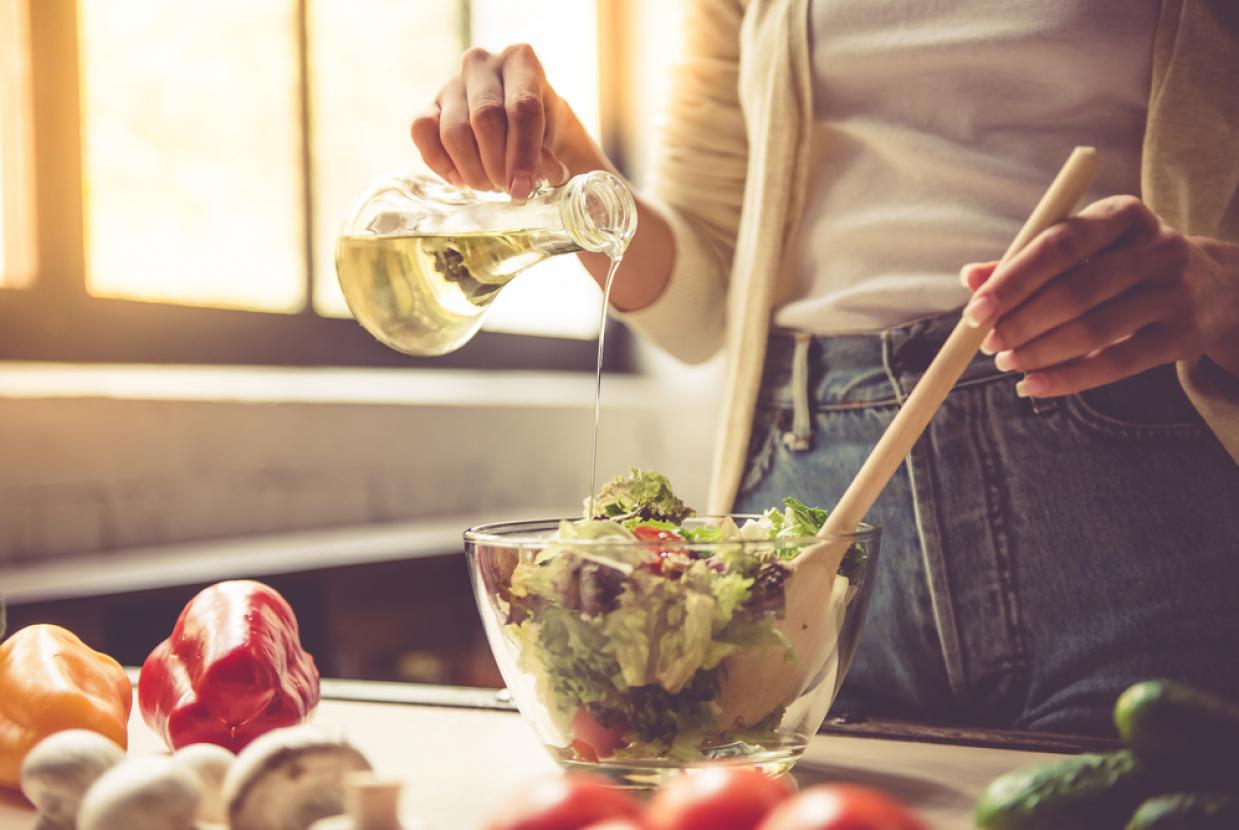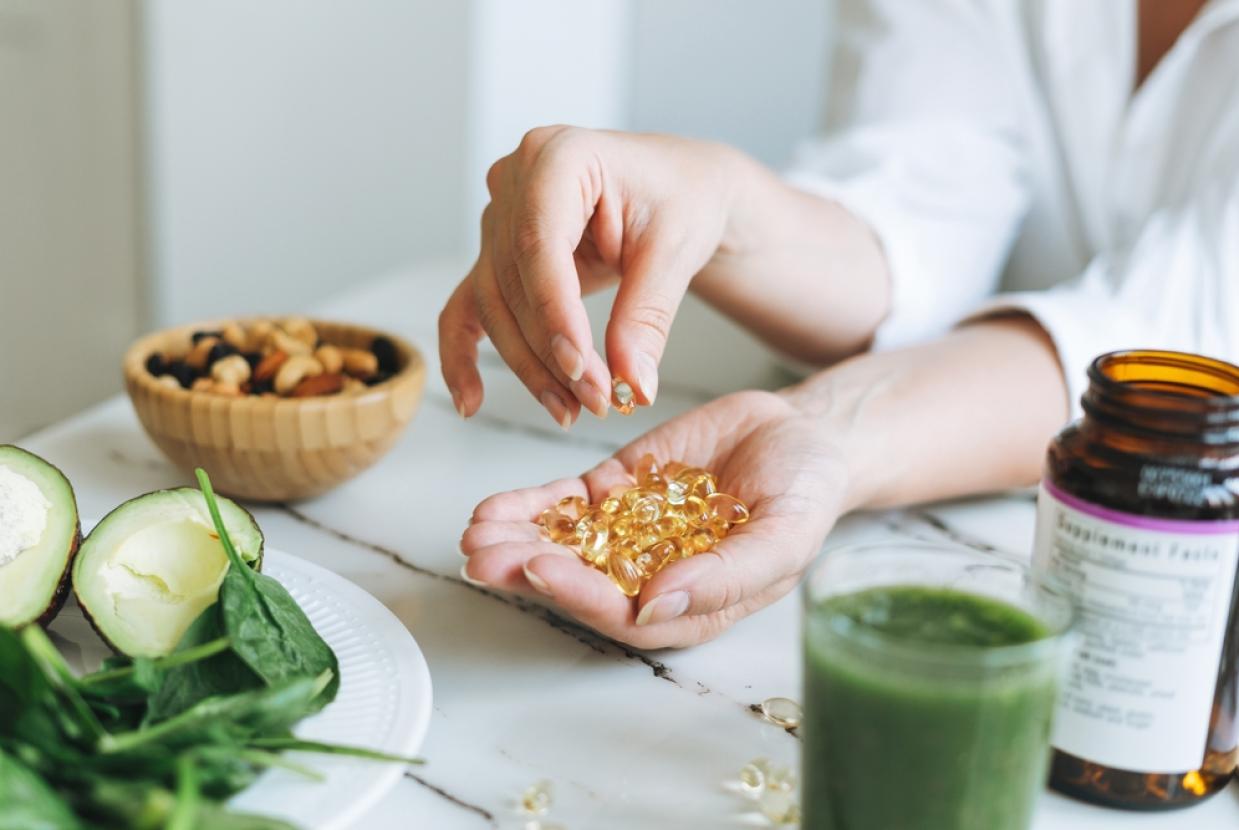Hypertension & Diet
Heart Health / Healthy DietHigh blood pressure, or hypertension, is very common in the UK affecting one in four adults. If left untreated, hypertension increases the risk of heart attacks and stroke as well as kidney and eye damage.
This fact sheet will tell you about simple changes to your diet that can help reduce the health risks that having high blood pressure can cause.
The older we get, the risks of developing high blood pressure increases because our blood vessels don’t stretch as well any more. There is nothing we can do to stop our bodies aging but there are plenty of other lifestyle changes we can make, including changing our diet, that can help to control our blood pressure.
Should I cut down on salt?
Yes – people who have a lot of salt in their diet are more likely to have high blood pressure. Most people eat far more salt than they need so we should all be aiming to reduce the amount of salt (or sodium chloride) we eat. Adults should have no more than six grams of salt a day – that’s about one teaspoon. It is the sodium in salt that contributes to high blood pressure and it is present in all types of salt including sea salt, flakes, crystals and flavoured salt.
There are a number of simple ways you can cut your salt intake:
- Remove the salt pot from the table to avoid adding extra salt to your meals.
- Once you are used to this, try reducing the salt you add when cooking and make more use of herbs and spices.
- There is no need to add salt if you are using a stock cube as they contain lots of salt, try using a reduced salt stock cube.
- Some people like to use a salt substitute, made from potassium chloride. However as your food will still taste salty, it won’t help you get used to a less salty taste. Salt substitutes are not suitable for some people, for example those with kidney problems or heart failure. Check with your doctor before using them.
- Try to reduce the amount of processed foods you eat. Three quarters of the salt we eat is hidden in manufactured foods, ready meals and takeaways, so it will help if you eat less of these.
- If you are unable to cook from fresh, check the label for lower salt varieties when you do need to use them. As a guideline, less than 0.3g salt (or 0.1g sodium) per 100g of food is ‘a little’ and over 1.5g salt (or 0.6g sodium) per 100g is ‘a lot’.
What about alcohol?
Drinking more than the recommended amount of alcohol can cause high blood pressure and damage to your heart muscle. If you drink alcohol it is important to keep within the UK guidelines:
- alcohol should be limited to no more than 14 units per week for men and women
- don’t save up your units, it's best to spread evenly across the week
- a good way to reduce alcohol intake is to have several alcohol-free days a week.
Is losing weight beneficial?
There is a strong link between high blood pressure and living with obesity. This is especially true if the weight is carried centrally i.e. around your waist. Losing weight (even as little as five to ten per cent of your starting weight) will help. Slow and steady weight loss (about 1-2 lbs / 0.5-1kg per week) is the healthiest way to lose weight and gives you a better chance of keeping the weight off.
The best way to lose weight and reduce your waist size is by reducing your calorie intake and increasing your daily physical activity.
Are there any foods that can help to lower blood pressure?
Studies that have shown that eating a balanced diet that includes foods high in potassium, magnesium calcium and fibre helps to lower blood pressure.
Here are the most useful findings:
- Fruit and vegetables are rich in potassium, magnesium and fibre. Aim to eat at least five portions per day. Fresh, frozen, dried, juiced and canned all count. If you are using canned varieties, look for those lower in salt and sugar.
- Dairy foods are good sources of calcium. Some can be high in saturated fat, so opt for lower fat versions such as semi-skimmed milk, low-fat yoghurts and low-fat cheese. Include two to three servings per day.
- Wholegrain foods such as wholegrain breakfast cereals and breads, brown pasta and rice and oats are high in fibre, potassium and magnesium. Aim for two to three servings per day.
- Oily fish are rich in omega-3 fatty acids, which have been shown to have some effect on reducing blood pressure. Examples include salmon, pilchards, sardines, mackerel, herring and trout. Aim for at least one portion of these dark fleshed fish per week.
- Dietary supplements, such as calcium, magnesium and potassium, are not recommended for reducing blood pressure, as consuming more than you need can be harmful. Talk to your doctor if you are thinking about taking a supplement.
Other lifestyle factors
Being physically active helps to reduce your blood pressure. Regular exercise can also help you lose weight, another important way to control your blood pressure. Try to build more physical activity into your daily routine by aiming for at least 150 minutes (2 ½ hours) of moderate intensity activity a week, in bouts of ten minutes or more.
‘Moderate intensity’ means any activity that makes you feel warmer, breathe harder and makes your heart beat faster than usual. Remember to check first with your doctor if you have heart problems or are new to exercise.
Reducing the amount of caffeine you drink may help, as drinking a lot of caffeine, like coffee, tea and cola drinks, may increase your blood pressure. Being under stress can raise blood pressure. Using relaxation techniques such as meditation can help reduce blood pressure.
Managing your stress levels by getting enough sleep, learning relaxation techniques or asking for help, as well as eating a healthy diet, may all help to reduce and control your blood pressure. Feeling stressed can raise blood pressure for a short time. This is normal. However, behaviours linked to stress like overeating, eating too much salt, drinking too much alcohol and not being active enough can lead to long term high blood pressure.
Summary
Simple changes to your diet and lifestyle can be a very effective part of treatment. Cutting down on salt, keeping to the recommended amount of alcohol, eating a diet rich in essential minerals and being more physically active will all help to lower blood pressure.
Make sure you have at least 5-a-day of fruit and vegetables, and two or three servings of low-fat dairy foods and wholegrains. Try to have one portion of oily fish each week.


